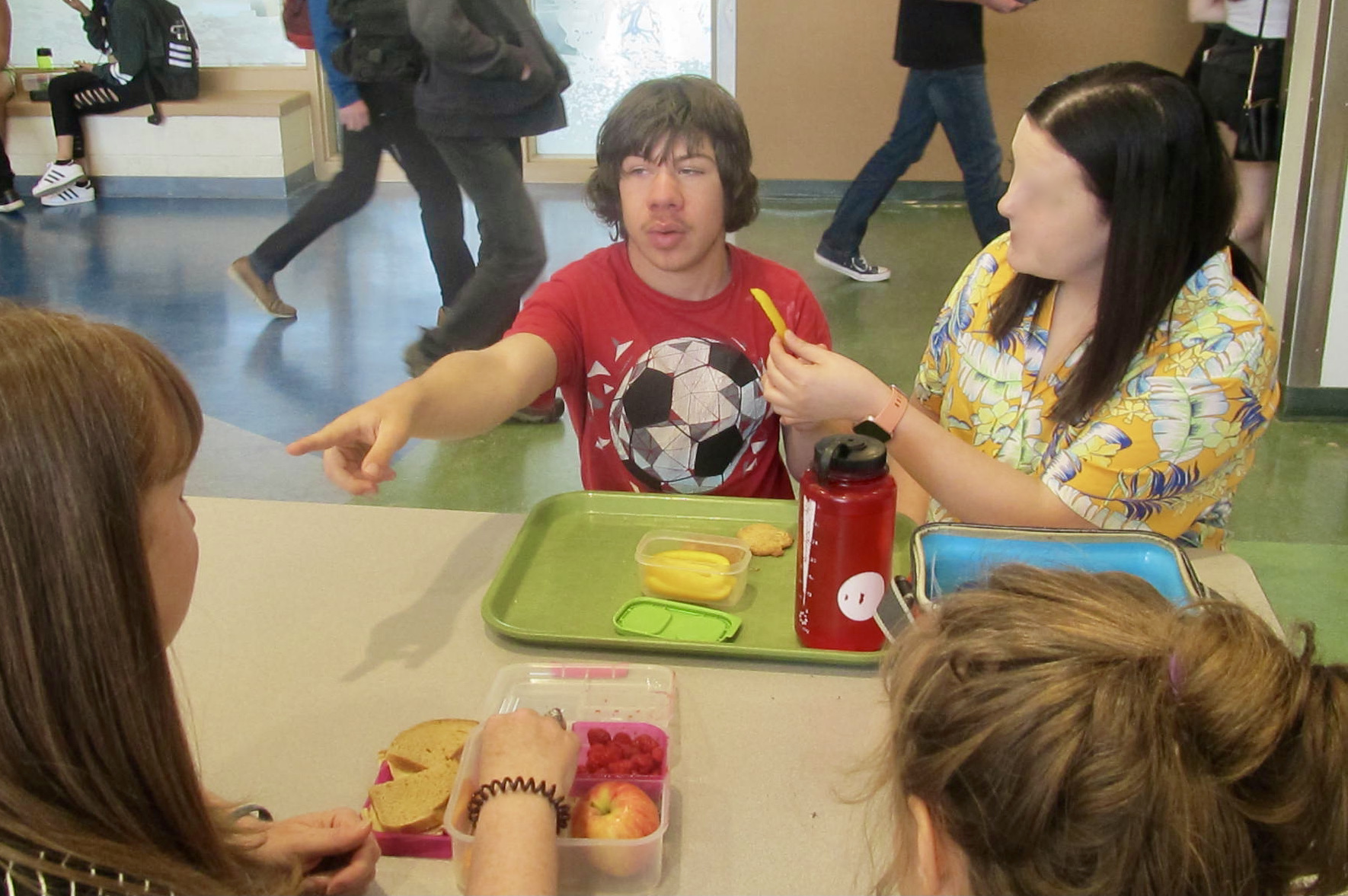Module 3: Quality of Life as a Context for Developing Meaningful Education Programs
Presence

Presence is defined as the sharing of places and spaces. These shared places and spaces make up an individual’s community and essentially defines their lives. Presence increases the number of places a student knows and can access. Knowing a place suggests a level of familiarity with the physical space, the routines of the environment, and the other people who share space. It also allows a student to be known in their community. For most students, school is their community for six hours a day, so having full access to their school is essential to their overall quality of life.
Presence:
- Results in the sharing of ordinary places that define community life
- Increases the number of places the student knows and can access, and the number of people who know them
- Intentional commitment to presence expands the range of places and activities available to a student
Creating Presence

Presence creates equal access to the range of opportunities for meaningful involvement and contribution that exist for your students. There is a major difference between placing someone in a classroom—placement— and creating presence for a student. Being placed in a classroom with same-aged peers is the first step toward access, but it does not go far enough. In your classroom, students with complex needs must be able to share in the same activities and engage in the same curriculum as their classmates.
Presence fosters a sense of being known. Presence is also an important safeguard. Being known and safeguarded is especially important for students who communicate without words. With exposure, information and experience, classmates, teachers, and allied professionals can learn to understand the student as a person who communicates. Individuals with multiple and complex needs are among the most vulnerable people in society. The more people who know and care about them, the safer they are and the greater their quality of life.
The range of activities available to students with complex needs gets smaller as they get older. As the interests and friendship patterns of their peers become more focused, the gap widens between these students and their chronological peers. Therefore, students must be exposed to the greatest range of possibilities available. Making an intentional commitment to ensuring students are present will keep a range of activities and options accessible to them.

In your practice, what ways can you increase community presence for your students with complex needs? What do you need to accomplish this?